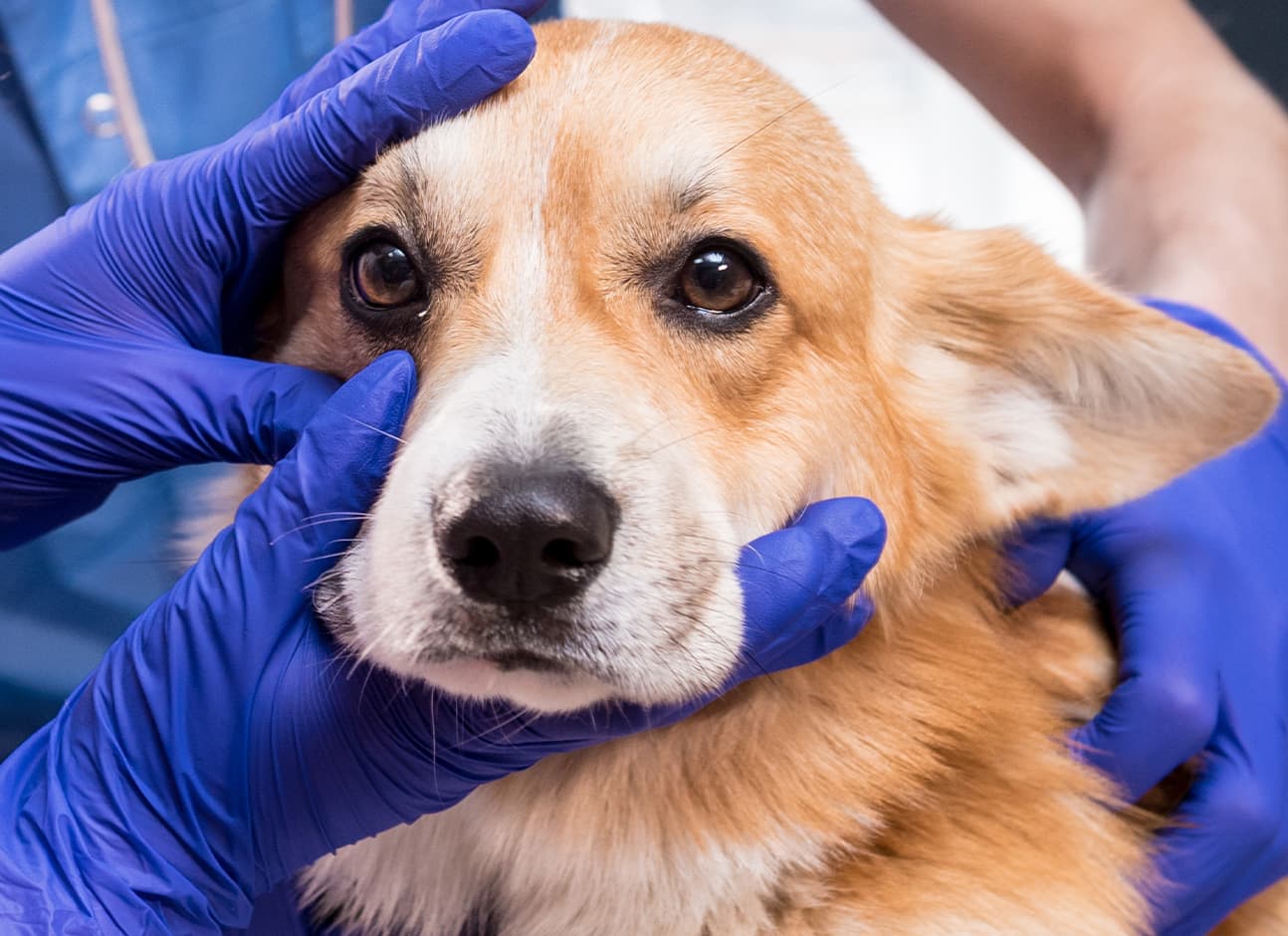Cataract is an eye condition which involves the increasing opacity of the lens leading to a loss of vision eventually. Unlike in humans — who can usually speak for themselves — cataracts in pets are more difficult to detect simply because they cannot voice their problems the way we can. You only tend to notice the problem when your dog bumps into things and suffers falls more often than usual. If you notice such abnormal changes in your dog, you must take them to the veterinarian without delay.
Cataracts cause the proteins in the lens to change into a white opaque layer that eventually thickens. When this layer becomes mature (fully developed), it results in functional blindness. This is when your dog may bump into things and appear clumsy. Cataracts are commonly are genetically-inherited condition. Other causes include diabetes mellitus, trauma to the eye, and even malnutrition. Additionally, certain dog breeds including (but not limited to) Labrador Retriever, Boston Terrier, American Cocker Spaniel, French Poodle, and the Welsh Springer Spaniel, are more predisposed to developing cataracts.
Cataracts are treatable as long as they have not progressed beyond 30% of the lens. Taking your pet to the veterinarian is the best course of action. They may refer your dog to a veterinary ophthalmologist after the initial examination. A veterinary ophthalmologist can operate on your dog to remove the cataract(s). The majority of pets recover shortly and resume playing and running around with little to no complications. However, if the cataract progresses to a 100%, it leads to blindness in that eye. Although there is currently no topical medication to combat this problem, in such cases, the cataract can be medically managed so as to prevent other related problems like lens luxations, glaucoma, and corneal ulcerations. Your veterinary ophthalmologist can better advise you on this issue. Taking your dog on regular and annual health checks to the veterinarian can be effective in the early detection of cataract(s).
